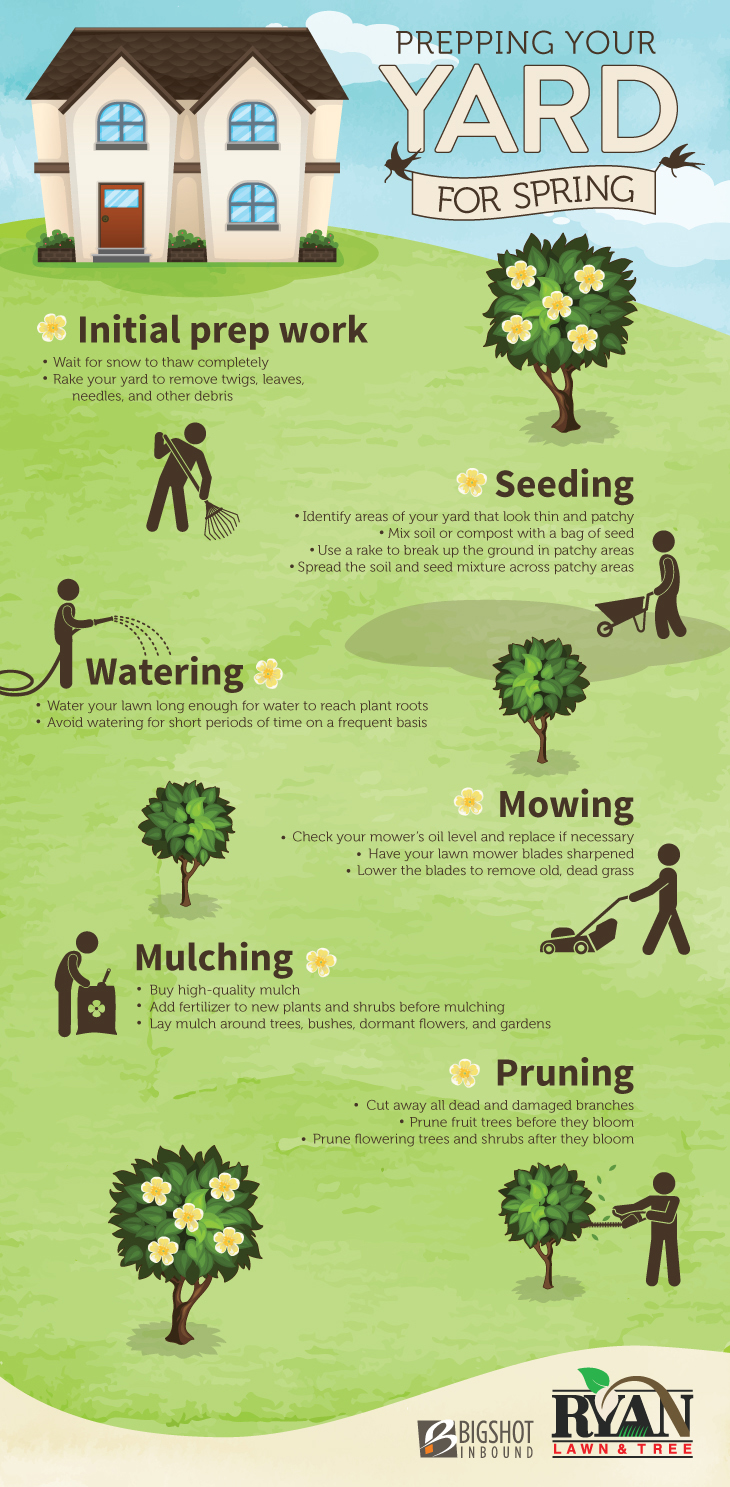Post-Tree Removal Treatment: Reliable Approaches For Landscape Repair
Post-Tree Removal Treatment: Reliable Approaches For Landscape Repair
Blog Article
Web Content Writer-Hinrichsen Cho
After a tree's removal, your landscape may look fairly various, and it's necessary to evaluate the consequences carefully. You'll wish to examine the dirt disruption and check surrounding plants for any type of indications of stress and anxiety. Overlooking these factors can result in bigger troubles down the line. So, what should you finish with those stumps and origins? And how do you select the best plants for your revitalized space? Let's discover these crucial actions.
Assessing the After-effects: Reviewing Your Landscape
After a tree elimination, it's critical to analyze your landscape to recognize the effect it carries your backyard.
Begin by taking a look at the location where the tree stood. Search for indications of dirt disruption, and examine the surrounding plants for any anxiety or damage.
You ought to also remember of how the elimination has actually changed sunlight direct exposure and air movement in your garden. This shift can impact the development of close-by plants, so it's vital to review their wellness.
Take into consideration the visual facets too; the elimination may produce an open space that you can redesign.
Lastly, think about any possible disintegration problems that could develop from the tree's lack. Addressing these aspects early will help recover equilibrium to your landscape.
Taking care of Stumps and Roots: Options for Elimination
As soon as you've analyzed the results of the tree removal, you'll likely require to take on the stump and origins left behind.
You have a few alternatives for removal. One effective approach is stump grinding, where an expert makes use of a device to grind the stump to underground degree. This method leaves marginal interruption to your landscape.
If you prefer a do it yourself approach, you can make use of a combination of digging and chemical stump eliminators. Simply keep in mind, this process can require time and initiative.
Alternatively, think about leaving the stump as an all-natural function, which can act as a distinct garden component or environment for wild animals.
Whatever you select, dealing with the stump and origins is necessary for recovering your landscape.
Picking the Right Plants for Your New Space
As you examine your recently gotten rid of area, picking the right plants can dramatically boost your landscape's appeal and performance.
Begin by taking into consideration the sunlight and soil conditions. For warm locations, opt for drought-resistant plants like lavender or succulents. In shaded places, ferns and hostas grow well.
Think of the dimension and development habits of your plants; mix perennials and annuals for seasonal variety. Do not forget to incorporate indigenous types; they require less maintenance and support regional wildlife.
Group plants in strange numbers for a much more all-natural appearance and produce layers for visual deepness.
Finally, guarantee you have a mix of colors and appearances to maintain your landscape dynamic throughout the periods.
Satisfied https://www.fox5atlanta.com/news/dons-tree-experts-owner-busted-on-theft-charges !
Final thought
Finally, recovering your landscape after tree elimination is a satisfying procedure. By examining the after-effects, resolving stumps and origins, and choosing the right plants, you'll produce a thriving setting. Do not fail to remember to include erosion control measures to shield your dirt. With https://precisiontimberfelling.tumblr.com and care, you can change your room into a lively yard that improves your property. Accept the chance to invigorate your landscape and enjoy the charm of nature right in your backyard!
